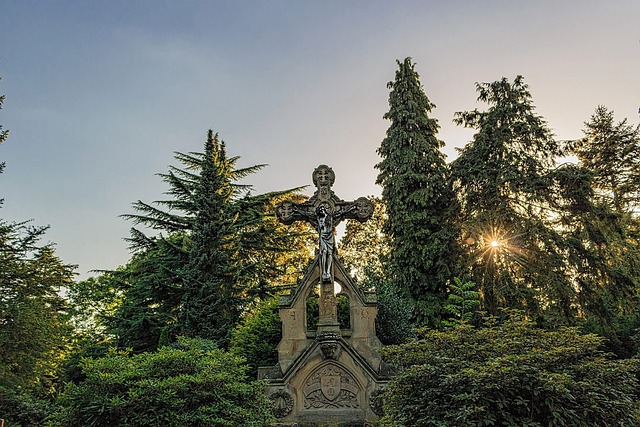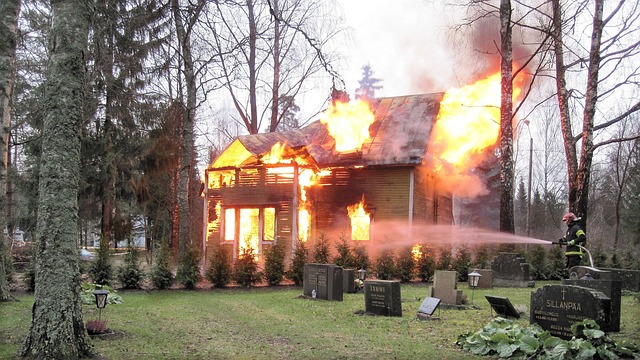Historical real estate, with its ancient sites, architectural marvels, and rich cultural narratives, is a significant driver of global tourism. Preserving these destinations not only revitalizes local communities but also boosts economic activity across sectors. In historic districts, real estate professionals play a crucial role in balancing tourism growth and preservation through sustainable practices like restoring structures, integrating eco-friendly design, and creating educational experiences, ensuring both the district's unique character is maintained and its long-term prosperity.
“Tourism flourishes on the allure of history, with ancient sites and architectural marvels drawing visitors from around the globe. This article explores the powerful magnetism of historical charm and its profound impact on global travel trends. From popular destinations to local economies, historic real estate plays a pivotal role in creating employment opportunities and boosting property values. Moreover, sustainable tourism practices in historic districts ensure that preserving the past aligns with shaping a prosperous future.”
Historical Charm as a Magnet for Tourism: Why Ancient Sites and Buildings Are Still Popular Destinations

Historical charm, embodied in ancient sites and architectural wonders, continues to be a powerful magnet for tourism around the globe. These remnants of the past offer visitors an immersive experience, transporting them back in time and allowing them to connect with a bygone era. The allure of exploring forgotten civilizations, walking through historic districts, and standing in places where history unfolded is undeniable.
Real estate plays a significant role in this trend, as many sought-after tourist destinations are characterized by their well-preserved heritage. From ancient temples and castles to charming medieval villages, these locations attract travelers seeking authenticity and a break from modern life. The appeal lies not only in the architectural beauty but also in the stories and cultural significance that each site carries, making them popular choices for vacations and cultural exchange experiences.
The Impact of Historical Real Estate on Local Economies: Creating Employment, Boosting Property Values

Historical real estate stands as a cornerstone in many cities’ economic prosperity, offering unique advantages for local communities. When historic buildings and districts are preserved and revitalized, they attract tourists seeking authentic experiences, which in turn creates a ripple effect on various sectors of the local economy. From hotels and restaurants to retail shops and cultural events, these areas become bustling hubs of activity, fostering employment opportunities for residents.
The positive impact extends beyond immediate business gains; historical real estate also significantly boosts property values. As historic neighborhoods gain popularity, nearby areas often experience a surge in desirability, leading to increased land and home values. This not only benefits current homeowners but also encourages further investment, contributing to the long-term financial health of the community.
Preserving the Past, Shaping the Future: Sustainable Tourism Practices in Historic Districts

Preserving the Past, Shaping the Future: Sustainable Tourism Practices in Historic Districts
The delicate balance between safeguarding historic charm and fostering sustainable tourism is a defining challenge for many cities with rich cultural heritage. In historic districts, every building, street, and landmark tells a story—a narrative that attracts visitors from around the globe. However, unchecked development and mass tourism can lead to irreversible damage to these fragile landscapes. Therefore, implementing sustainable tourism practices becomes paramount in ensuring both the preservation of our past and the prosperity of future generations.
Real Estate plays a pivotal role here, as developers and property owners must embrace responsible stewardship. This involves restoring and maintaining historic structures, integrating eco-friendly practices, and promoting immersive experiences that educate visitors about the district’s history and culture. By adopting these sustainable measures, local communities can attract tourists while preserving the unique character of their neighborhoods, ensuring a harmonious coexistence for both present and future residents.






